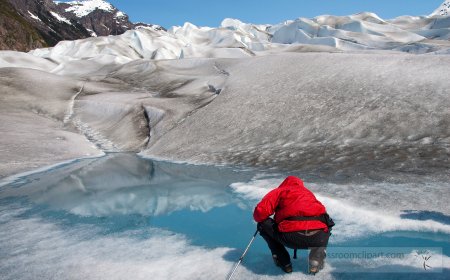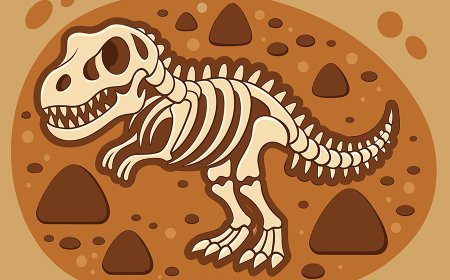Paleontology for Students | Study of Fossils and Ancient Life
Learn about paleontology the study of fossils and ancient life discover how scientists uncover Earths history dinosaurs and evolution using fossil evidence
🌟 Introduction
Paleontology is the scientific study of fossils, which are the preserved remains or traces of plants and animals from long ago. By examining fossils, paleontologists uncover the story of Earth's past, including how life evolved, how ancient animals behaved, and what environments existed millions of years ago. Paleontology combines biology, geology, and chemistry, making it a true detective science of nature. From dinosaur skeletons to tiny plant impressions, fossils help us understand the incredible journey of life on Earth.
🔍 What is Paleontology?
Paleontology is the study of fossils to learn about life in Earth's history.
Paleontologists study:
-
Body fossils (bones, shells, teeth).
-
Trace fossils (footprints, burrows, tracks).
-
Microfossils (tiny remains like pollen or plankton).
They use special tools to carefully excavate fossils, then study them in labs to make discoveries about evolution and ancient ecosystems.
🌍 Why is Paleontology Important?
-
Explains Evolution: Shows how species have changed over millions of years.
-
Reveals Ancient Environments: Helps scientists know what Earth looked like long ago.
-
Connects Geology and Biology: Fossils help date rock layers and study life together.
-
Inspires Curiosity: Dinosaurs and fossils fascinate children and adults alike.
🧪 Everyday Examples
-
Dinosaur skeletons displayed in natural history museums.
-
Fossilized plants and leaves showing prehistoric forests.
-
Footprints preserved in stone that reveal how animals moved.
-
Amber fossils with trapped insects studied by paleontologists.
✨ Fun Facts
-
The word paleontology comes from Greek, meaning "study of ancient beings."
-
Mary Anning, a famous fossil hunter, helped shape paleontology in the 1800s.
-
Fossilized dinosaur eggs have been found, showing embryos inside.
-
Paleontologists sometimes discover new species that no one has ever seen before!
📌 Key Takeaways
-
Paleontology is the science of studying fossils.
-
Fossils tell us about evolution, ancient environments, and extinct species.
-
Paleontologists use tools and labs to investigate ancient life.
-
It connects geology (rocks) and biology (living things).
🐾 Kid-Friendly Summary
Paleontology is like being a nature detective. Paleontologists study fossils-like bones, shells, and footprints-to learn what life was like when dinosaurs and other ancient animals lived on Earth.
📚 Vocabulary Words
-
Paleontology: The science of studying fossils.
-
Fossil: Preserved remains or traces of ancient life.
-
Paleontologist: A scientist who studies fossils.
-
Evolution: How living things change over time.
-
Extinct: A species that no longer exists.
-
Fossil Record: The collection of all known fossils.
-
Trace Fossil: Evidence of life activity, like footprints or burrows.
-
Excavation: Digging carefully to recover fossils.
-
Microfossil: Tiny fossils like pollen or plankton.
-
Geologic Time Scale: A timeline of Earth's history based on rock and fossil records.
🧠 Interactive Quiz on Paleontology
- Paleontology is the study of
A. Stars
B. Fossils
C. Volcanoes
D. Oceans - What do paleontologists study to learn about ancient life?
A. Fossils
B. Clouds
C. Earthquakes
D. Planets - Which famous fossil hunter discovered marine reptiles in the 1800s?
A. Albert Einstein
B. Mary Anning
C. Isaac Newton
D. Charles Darwin - What does the fossil record show us?
A. How rocks melt
B. The history of life on Earth
C. The temperature of Earth’s core
D. How stars are formed - Which of these is NOT a fossil?
A. Dinosaur bone
B. Leaf imprint
C. Insect in amber
D. Lightning bolt



















































